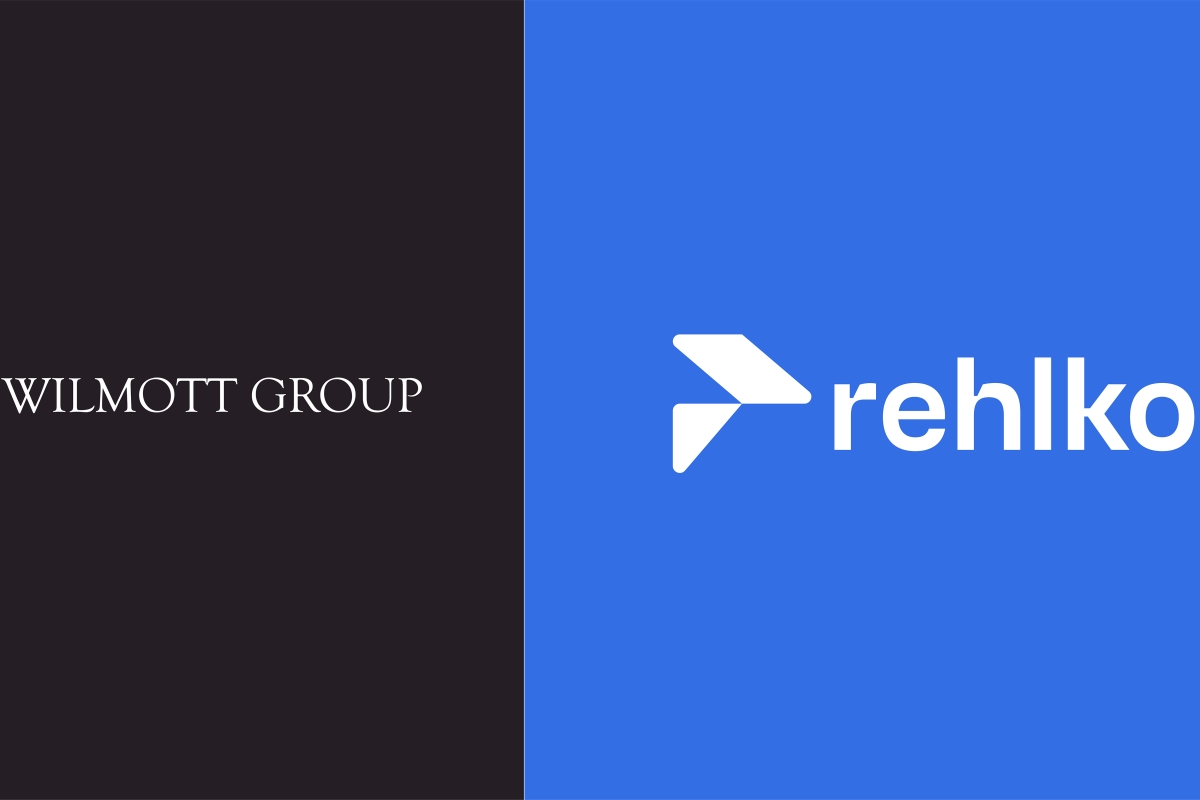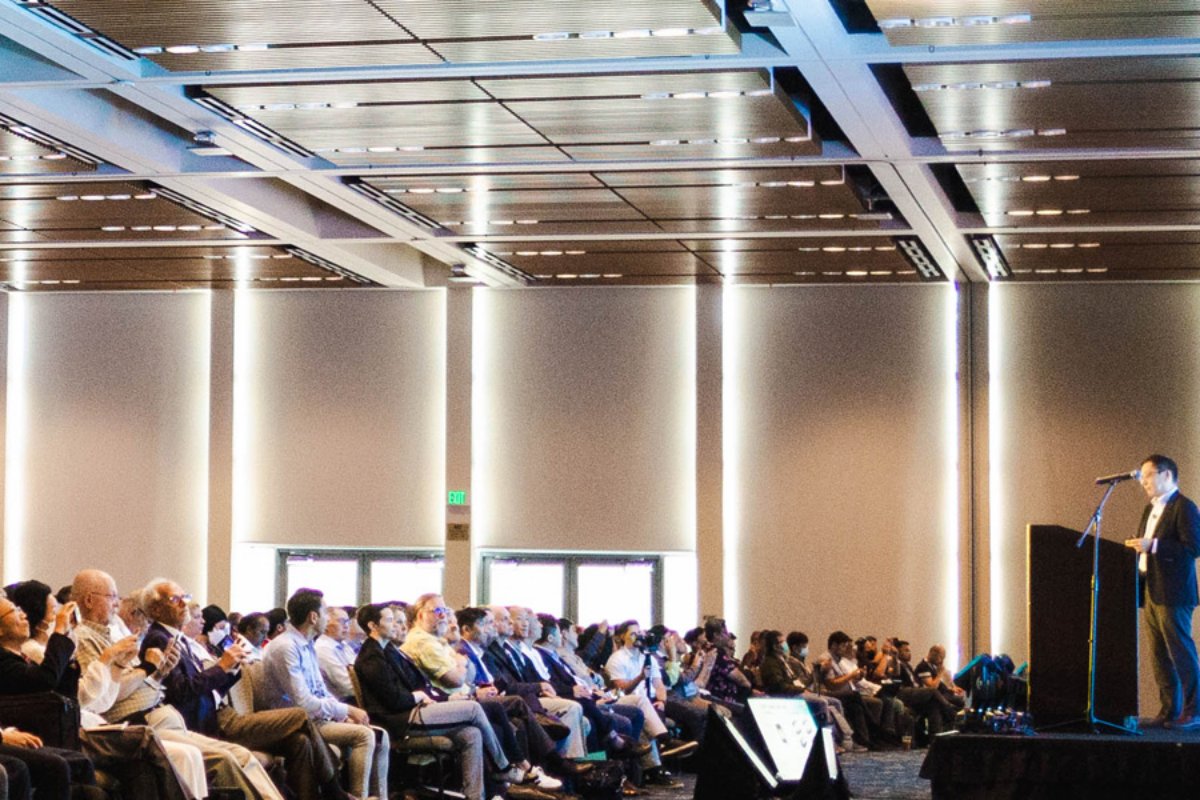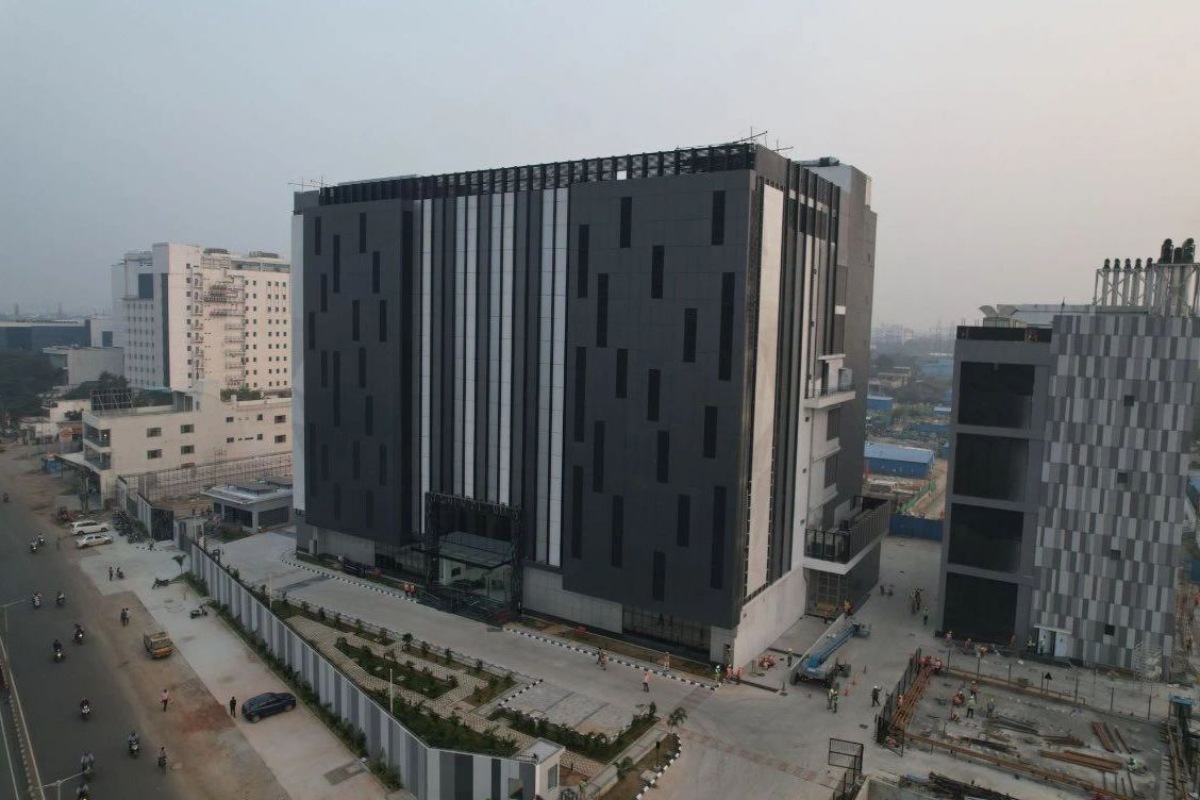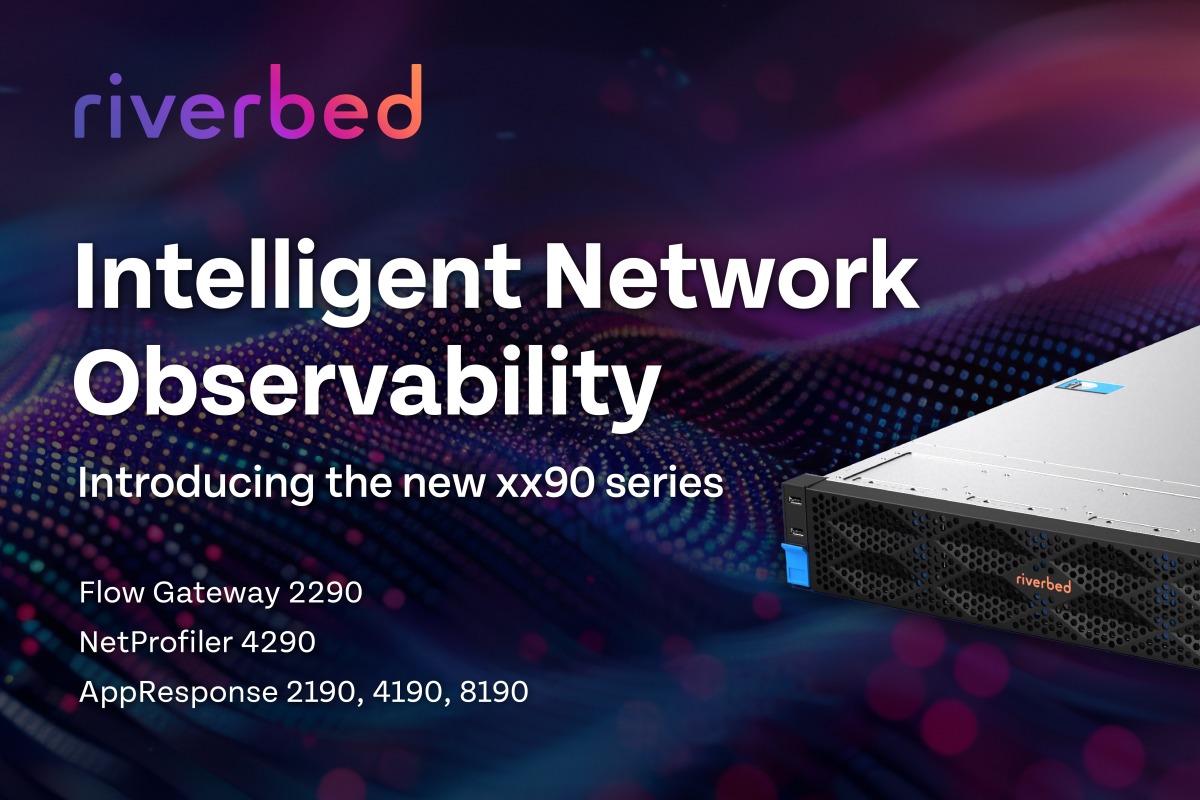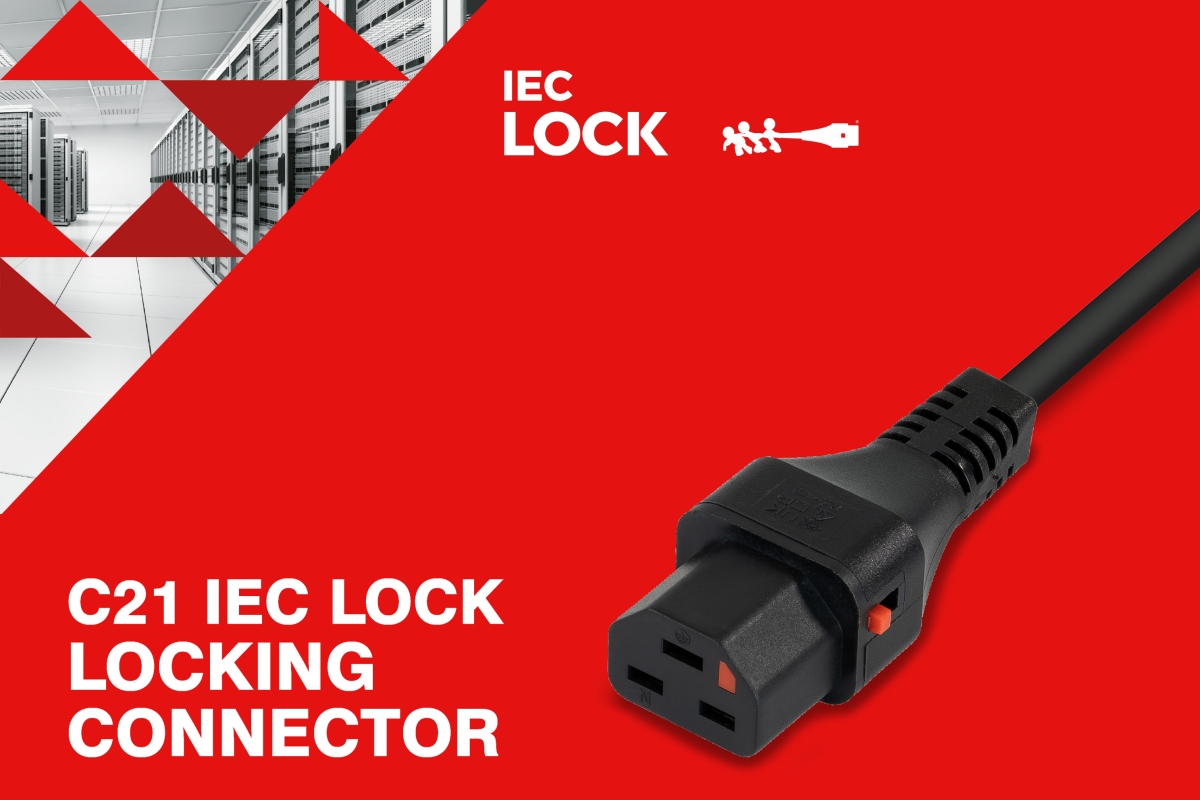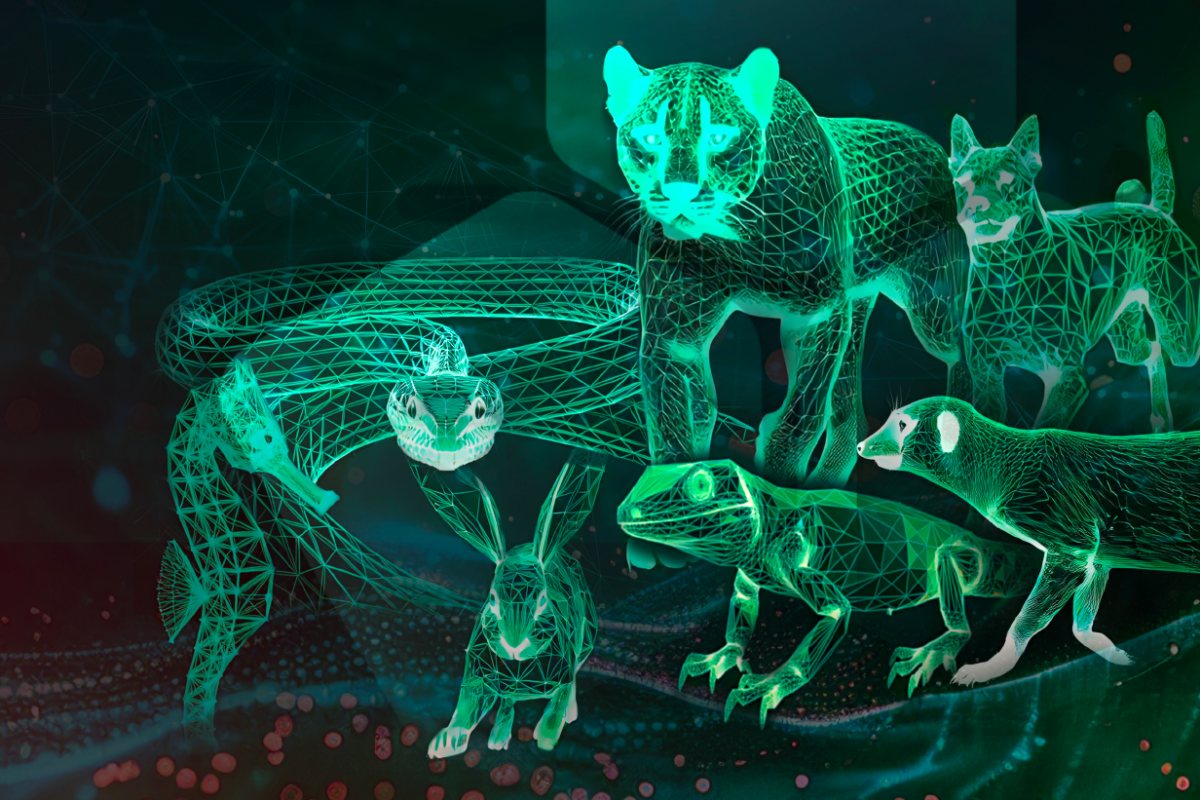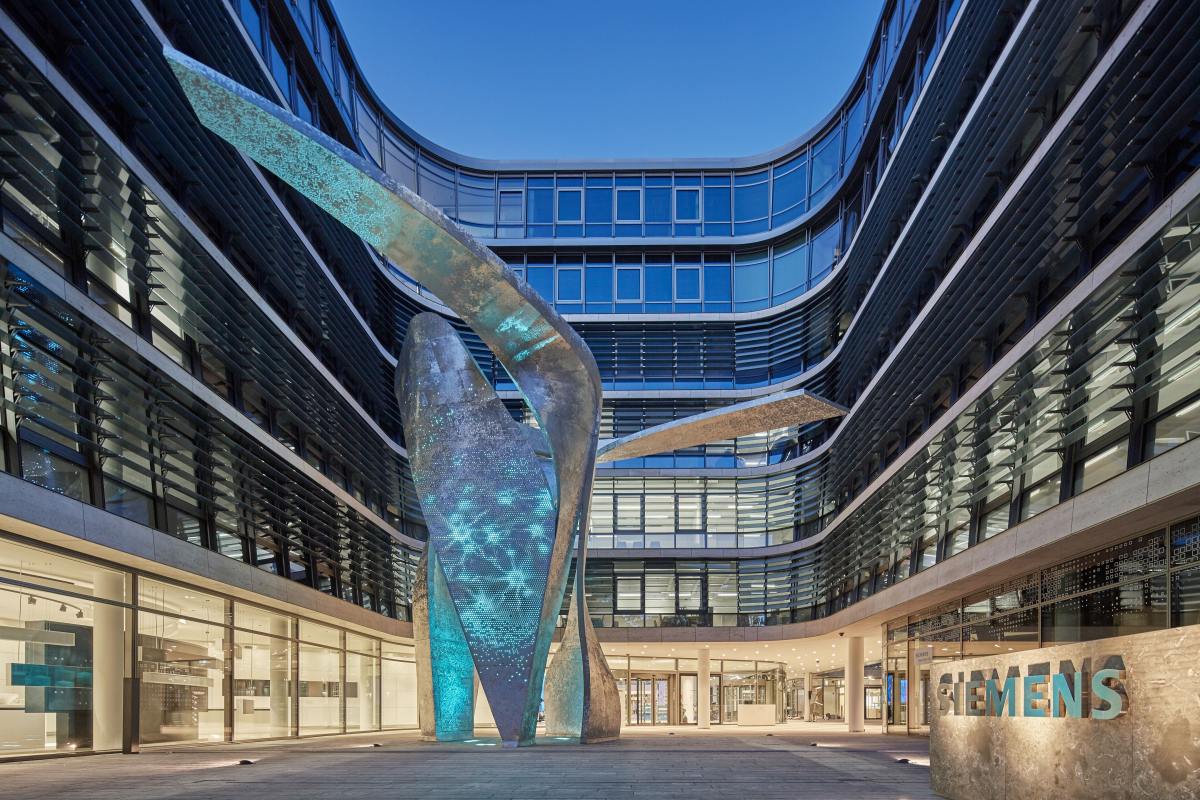2 September 2025
AVK appoints new Chief Operating Officer
AVK appoints new Chief Operating Officer
2 September 2025
Inspired, VIRTUS sign wind-powered tri-party CPPA
Inspired, VIRTUS sign wind-powered tri-party CPPA
1 September 2025
NorthC completes acquisition of six Colt data centres
NorthC completes acquisition of six Colt data centres
1 September 2025
DE-CIX becomes first in India to integrate Starlink
DE-CIX becomes first in India to integrate Starlink
Latest News
Data Centre Infrastructure News & Trends
Enterprise Network Infrastructure: Design, Performance & Security
News
BIGLOBE selects DE-CIX for faster European connectivity
Data Centre Business News and Industry Trends
Insights into Data Centre Investment & Market Growth
News
Wilmott Group officially joins Rehlko
Data Centre Build News & Insights
Data Centre Projects: Infrastructure Builds, Innovations & Updates
Data Centres
News
Digital Connexion announces first DGX-ready Chennai data centre
Data Centre Infrastructure News & Trends
Enterprise Network Infrastructure: Design, Performance & Security
News
Products
Riverbed launches new network observability tools
Cabling Solutions for Optimised Data Centre Performance
Data Centre Infrastructure News & Trends
Data Centres
Products
Scolmore introduces IEC Lock C21 Locking Connector
Data Centre Infrastructure News & Trends
Enterprise Network Infrastructure: Design, Performance & Security
News
AssetHUB, ITS to speed up fibre rollouts in UK cities
Cyber Security Insights for Resilient Digital Defence
Data Centre Security: Protecting Infrastructure from Physical and Cyber Threats
Security Risk Management for Data Centre Infrastructure
Infoblox unveils 2025 DNS Threat Landscape Report
Data Centre Build News & Insights
Data Centre Projects: Infrastructure Builds, Innovations & Updates
Data Centres
News
BSDI announces 5,000-acre campus in Montana
Data Centre Build News & Insights
Renewables and Energy: Infrastructure Builds Driving Sustainable Power
Sustainable Infrastructure: Building Resilient, Low-Carbon Projects
Siemens earns Platinum in EcoVadis Sustainability Rating


